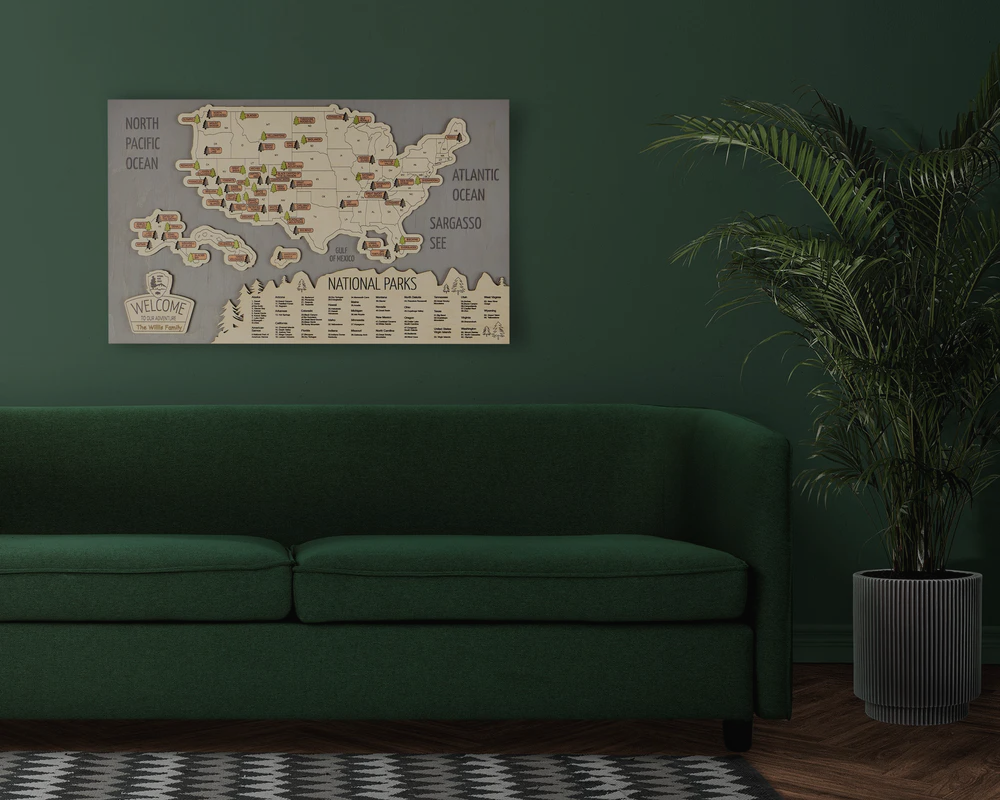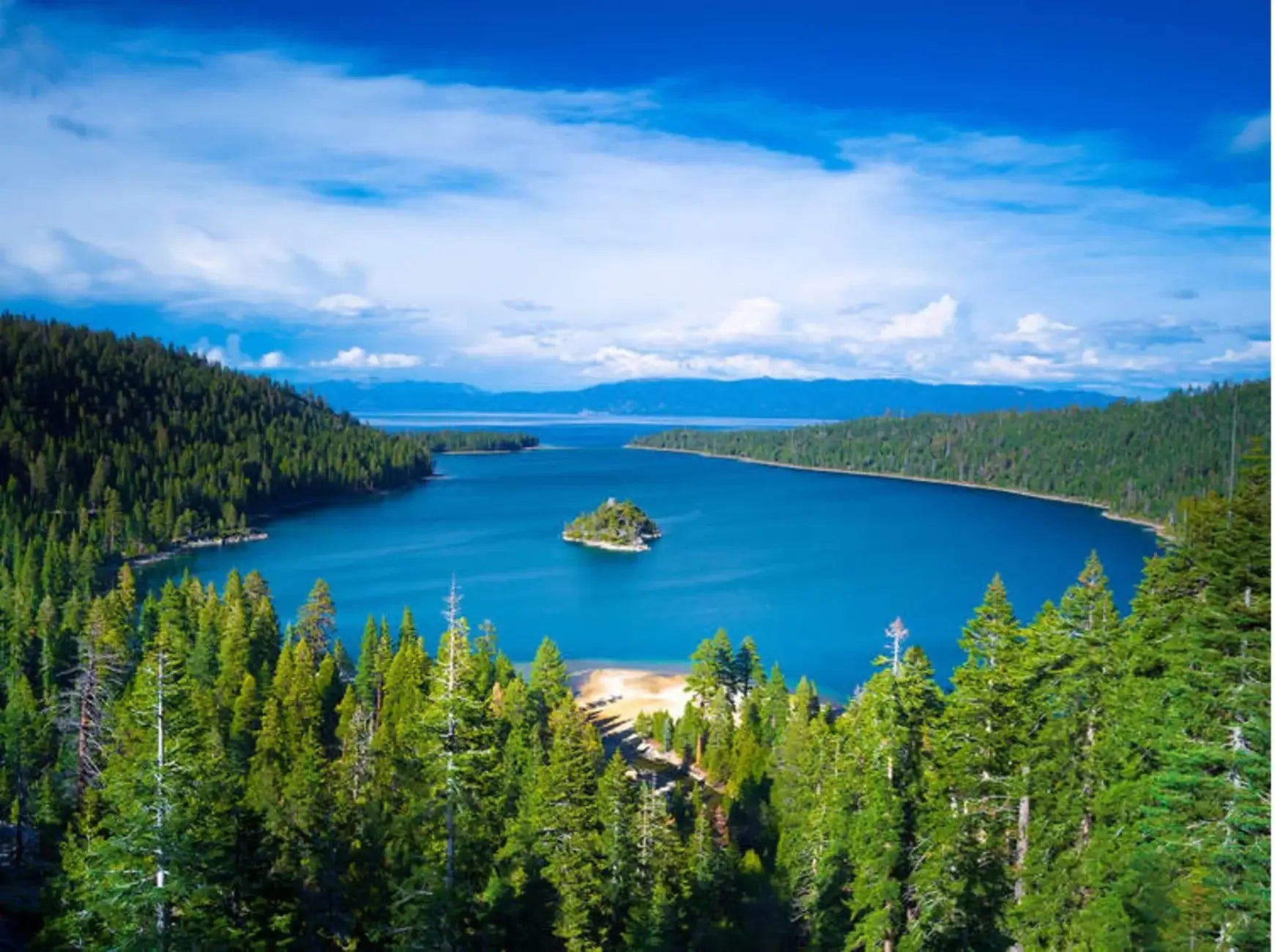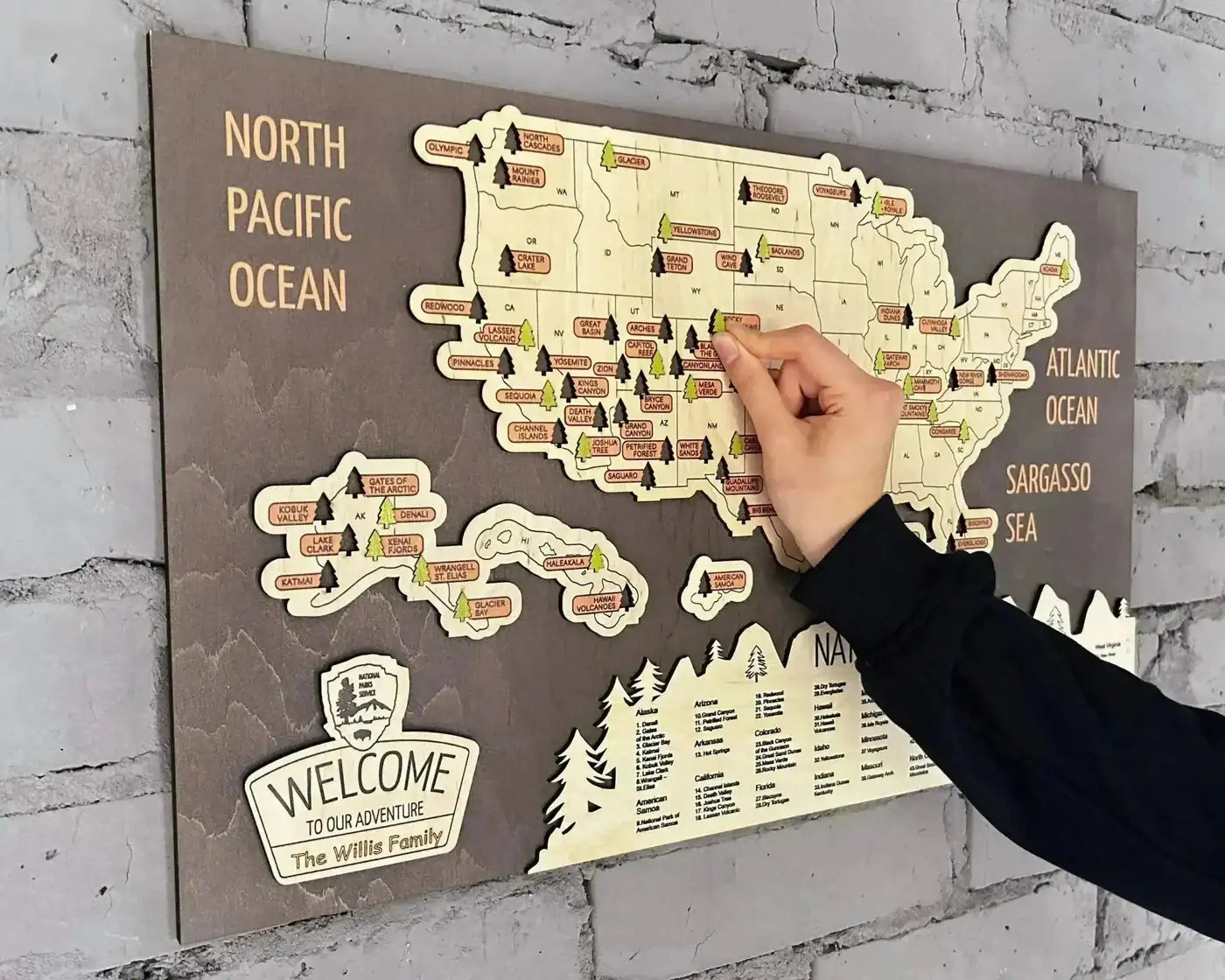National parks are real treasures of nature, preserved for future generations. Their creation was a significant step in the development of human ecological consciousness. In the USA, the establishment of the first national park became an example for many countries of the world. In this article, we will explore which park was the first, why it was chosen, and how the concept of national parks evolved in the future.
What Was the First National Park in the World?
When was the first national park established? The world's first national park is the United States' Yellowstone National Park, established on March 1, 1872. Its mandate was to maintain outstanding geothermal elements and wilderness. Other countries, including Canada, used this as an example to establish their first national park, Banff, in 1885.
Its main purpose was to preserve geothermal features, such as hot springs, geysers, and other unique features. It was the first instance when a large area was protected by the state purely for public use and conservation.
- 1872 - Yellowstone National Park established.
- 1885 - Banff National Park (Canada’s first national park) established in Canada.
- 1916 - U.S. National Park Service established.
The First National Park in the United States
What was the first national park? Yellowstone National Park is the first US national park. The United States Congress established it on March 1, 1872. It is located in Wyoming, Montana, and Idaho. It is renowned for its thousands of geysers and geothermal springs, vast numbers of wild animals, and its breathtaking beauty. Geysers and Mammoth Hot Springs are two of the park's most visited places. There are more than a thousand hot springs on the territory of the first national park in US. Some of them throw out about 5,000 tons of water at a time to a height of up to 100 meters. And the interval between eruptions at various geysers can last from a couple of minutes to several years.
Why Do We Have National Parks?
National parks originated out of the desire to preserve nature for the public and future generations. They combine ecosystem protection, educational role, and tourism development (where you can use state parks map to get extra knowledge). National parks are today part of the federal equivalence of numerous countries.
Pioneers and political decisions
Among its initial supporters was John Muir, a naturalist and author of "The Call of the Wild." The political determination to create parks was supported by President Theodore Roosevelt, who laid the foundation for the expansion of the national park system.
- John Muir – conservationist.
- Ulysses S. Grant signed the Yellowstone Act.
- Theodore Roosevelt established many new parks.
Fun Facts About the First National Park
Yellowstone, America’s first national park, has many interesting facts that surprise even experienced travelers. It is larger than some US states and is located on a supervolcano. Its first rangers worked without modern technology, but with great dedication.
- Old Faithful is the most famous geyser in the park, erupting approximately every 90 minutes. Use state parks map to remember it in your memory.
- Yellowstone surrounds an area of 8,983 km², which is bigger than Rhode Island or Delaware.
- Supervolcano - one of the largest volcanic systems in the world, lies under the park.
The first rangers were established before the creation of the National Park Service, and were usually troopers.
How National Parks Have Changed
The United States National Park System now includes more than 400 sites. Its purpose has expanded by orders of magnitude, from the conservation of nature to the protection of cultural heritage, support for indigenous peoples, and the struggle against climate change.
National parks today
National parks are now also a source of inspiration, a place of scientific investigation, educational excursions, cultural festivals and places which you can hold in your memory thanks to a national parks map. They acknowledge the freedoms of Aboriginal peoples and usually maintain special ecosystems that demand particular attention.
|
Indicator |
Value |
|
Number of national parks in the USA |
63 (major) |
|
Total protected areas |
400+ |
|
Largest Park |
Wrangell–St. Elias (Alaska) |
|
Most visited |
Great Smoky Mountains |
Why are national parks important? National parks are a living model of how a state can maintain its natural inheritance. From one Yellowstone to hundreds of territories with different goals and objectives. And each of them deserves attention.







Leave a comment
This site is protected by hCaptcha and the hCaptcha Privacy Policy and Terms of Service apply.